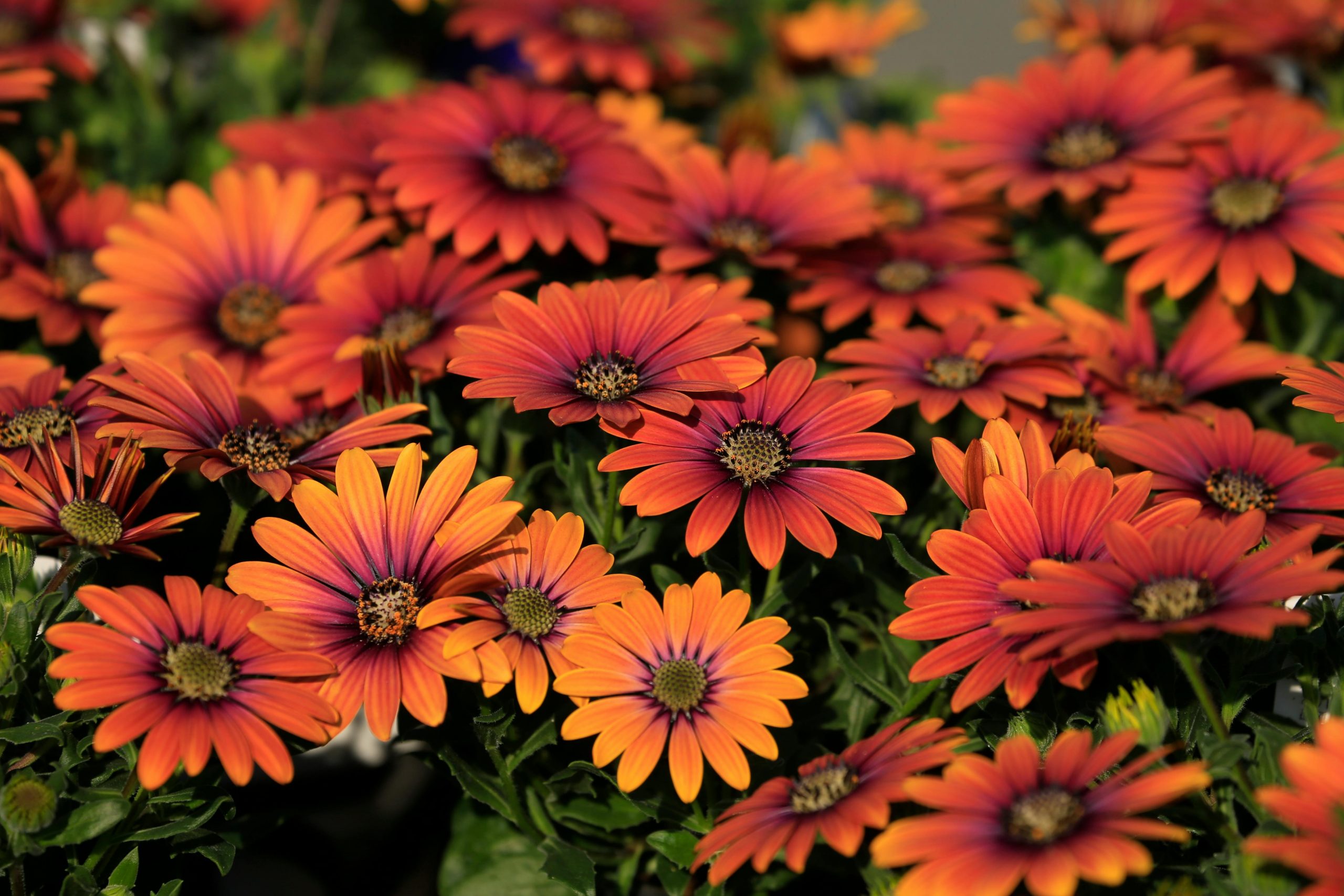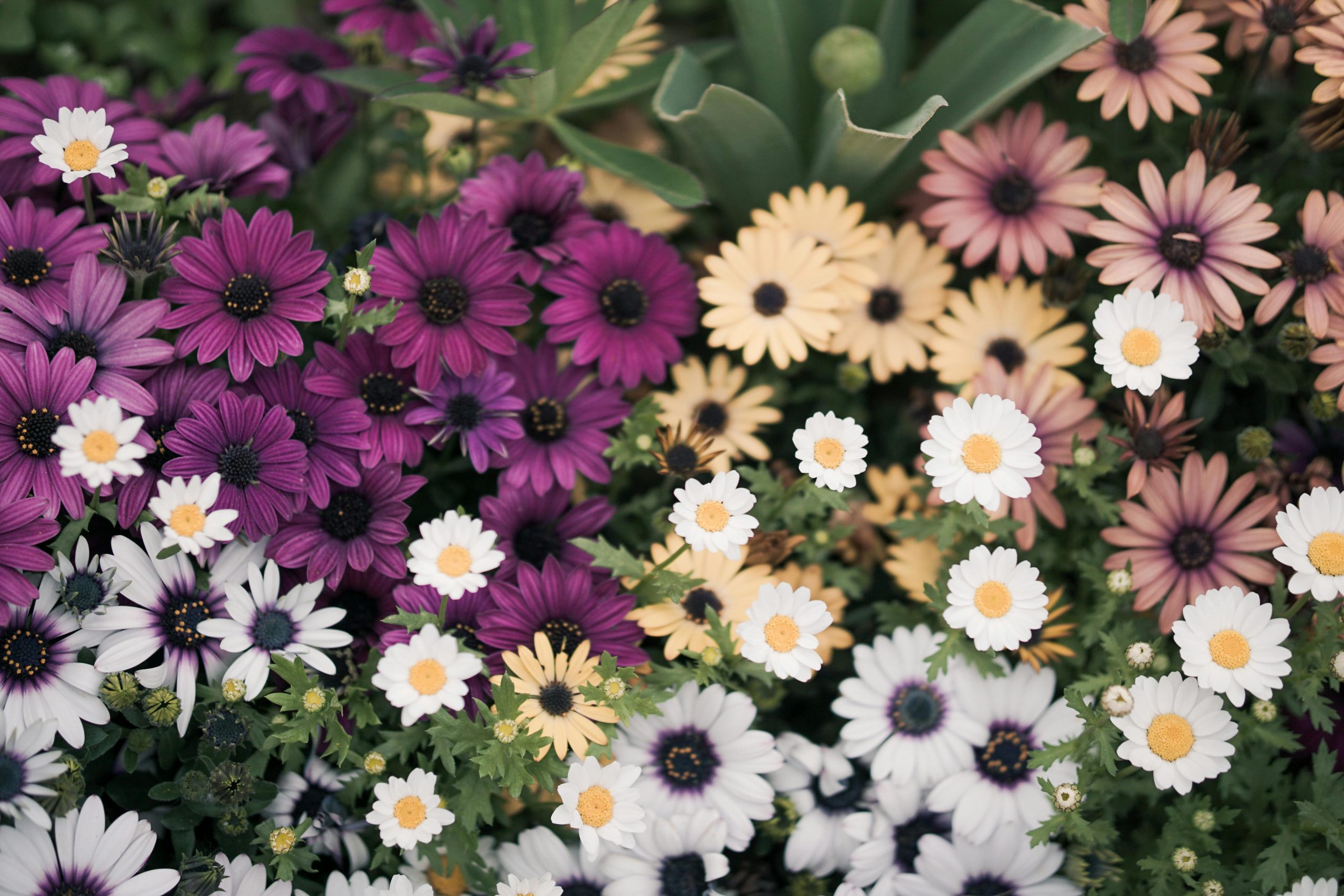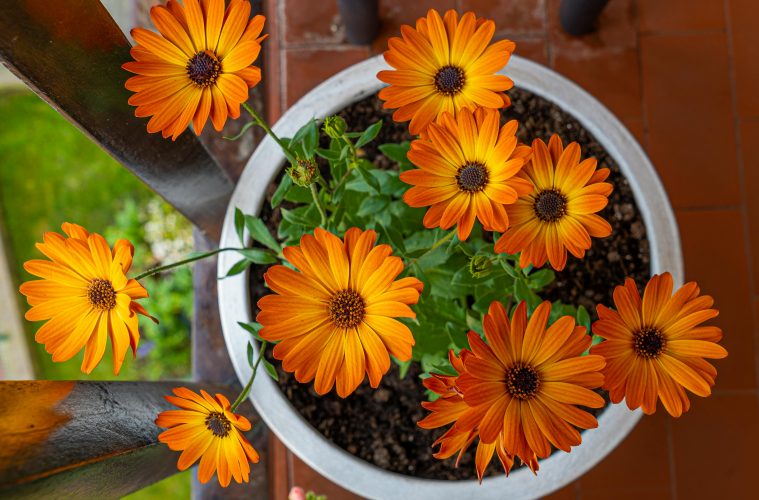Very few plants can match the vibrant charm and resilience of African daisies. These cheerful flowers, scientifically known as Arctotis, captivate gardeners with their dazzling array of colours and ability to thrive in diverse conditions.
Whether you’re a seasoned gardener or just starting out, cultivating these perennials can add a burst of sunshine to your outdoor space.
Here’s everything you need to know about African daisies:
Origins and characteristics
African daisies belong to the Asteraceae family and are native to South Africa. These hardy perennials are known for their striking daisy-like flowers, which come in different colours, including shades of yellow, orange, pink, purple, and white.
The flowers typically have contrasting centres, almost like cat eyes, adding to their visual appeal. They also feature deeply lobed, silvery-green foliage, providing an attractive backdrop for the blooms.

Image credit: Pexels
Ideal growing conditions
One of the reasons African daisies have gained popularity among gardeners is their adaptability to various growing conditions. However, they thrive best in full sun and well-draining soil.
These plants are tolerant of drought once they’ve been established, making them excellent choices for water-wise gardens.
In areas that experience hot summers, some afternoon shade can help prevent the flowers from wilting. They can also be grown as annuals in colder climates.
How to plant and take care of African daisies:
When planting African daisies, choose a location that gets plenty of sunlight and an area with well-draining soil. You can start by preparing the soil by loosening it and adding organic matter to improve drainage and fertility. Space the plants about 30-45cm apart. As they grow they will spread to form attractive bushes over time.
Watering:
You need to water newly planted African daisies regularly to help them establish a strong root system. Once the roots have been established, water them deeply but infrequently, allowing the soil to dry out between each water. Mulching around them can help retain soil moisture and also suppress weeds.
Pruning:
Pruning African daisies is not necessary for their growth, but deadheading the flowers that are spent can encourage continuous blooming throughout their growing season.
Pro-tip: Dividing the plants every few years can help rejuvenate them and maintain their vigour.
Get creative with African daisies:
African daisies are incredibly versatile and they can be incorporated into various garden designs. Plant them en masse for a stunning display of colour in your flower beds or along your garden’s borders.
Pro-tip: Mix different coloured varieties to create a vibrant tapestry of blooms.

Image credit: Pexels
These plants also thrive in containers, making them perfect for adding a pop of colour to your stoep, balcony, or window boxes. Combine them with other sun-loving annuals and foliage plants for a dynamic container garden.
Pro-tip: For a low-maintenance garden, consider planting them in rock gardens or dry slopes where they can thrive with minimal intervention. Their drought tolerance and colourful blooms make them ideal candidates for xeriscaping projects.
In the world of gardening, African daisies stand out as they are versatile, resilient, and visually captivating plants. Whether you’re seeking to add a splash of colour to your flower beds, containers, or xeriscapes, these cheerful flowers will brighten any garden space.

